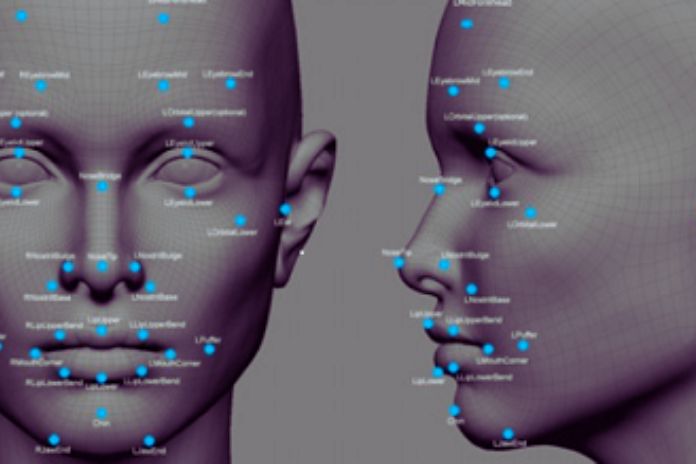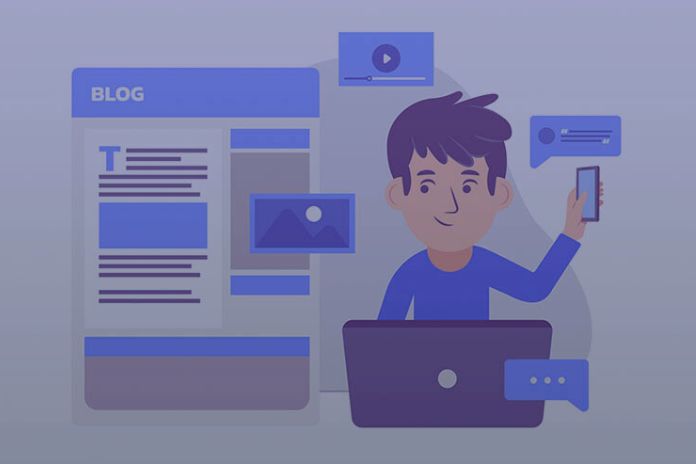Customer engagement is the key to measuring public attention and consequently serving better and selling a lot. Know more!
Have you ever wondered how important it is to measure customer engagement? For those seeking to win customers in the digital environment, knowing how many leads reach your business is essential. And how much they engage with your brand.
For those who sell through digital channels (or with their support), knowing their audience, how they engage with their service, and the journey they must go through until the sale is made is essential.
How Important Is It To Measure Customer Engagement?
First, measuring customer engagement is essential. Thus, it is possible to produce targeted content that will captivate more consumers with a specific profile.
With this, you will know how to bet on your strengths and retain the loyalty of the public that already consumes your product or service. However, it is also essential to map the customer’s behavior (to win him over first) and devise new strategies and tools that optimize your service.
In other words, it is possible to understand customers’ behavior and those who refused or dismissed the product. Your team can fix small communication gaps and manage customer service crises from there.
Numerous reasons cause a crisis. However, even if it is not within your power to resolve it, it is necessary to satisfy customers as quickly as possible about what happened and what will be done.
This way, preventing your company name from being linked to a bad event is possible. That is, the faster a decision is made, there will be less negative comments.
For example, a consumer of a beverage brand posted on their social media that the product was spoiled. The company explained the production process and why the product was fine.
How To Manage The Crisis In Customer Service?
Listen To Your Customers
Understanding the points made by your consumers is essential to create customer service management strategies. Therefore, it is necessary to maintain a close relationship through points of contact.
Do recurring searches and understand the standard behavior in situations like this.
Train Your Team
Remember we talked about the importance of good service? Therefore, the team responsible for this task must be qualified and trained periodically.
That’s because the customer, especially in the moment of anger, doesn’t want to know who is responsible for solving such a problem; he wants it to be solved.
Therefore, the attendant must know precisely what is being done, the deadlines, and the best communication method.
Study The Risks
Don’t be taken by surprise! That is, study in detail the services and products offered by your company and outline possible problems and solutions. Have a document of frequently asked questions with the best answers to help during the routine.
In this case, employees from different teams must come together frequently so that it is possible to have a broad view of all internal processes.
How about creating a crisis committee? And from this committee came a guide on how the company works in solving problems, from the lightest to the most critical.
Create Protocols
With the employees responsible for crisis management in customer service, develop a step-by-step of what should be done in cases you understand may cause problems.
If it happens, the teams will know exactly what should or should not be done during such caution.
In this way, measuring customer engagement is essential to devise strategies. And this data makes it possible to make changes that aim to boost a particular product.
How To Do This Analysis?
For example, for those who work with e-commerce, one of the ways to measure customer engagement is by analyzing the bounce rate. How many users visited just one page and left? This result helps us define what to optimize in the channel to increase attractiveness.
However, it happens differently for companies that advertise their services through social media. The most common is to measure likes, comments, and shares.
In addition, it is worth remembering that interactions are only sometimes positive. Therefore, it is essential to count and classify the comments on the post and inbox (message box) into positive, negative, and neutral. And analyzing this data also helps the company improve its service.
In any case, it is possible to observe that customers feel dissatisfied with slow or confusing service via social networks and other digital communication platforms. Services that are not very humanized – with a rigid and even robotic interface – are also not captivating.
Also Read: How To Apply The Data Journey In Companies?










